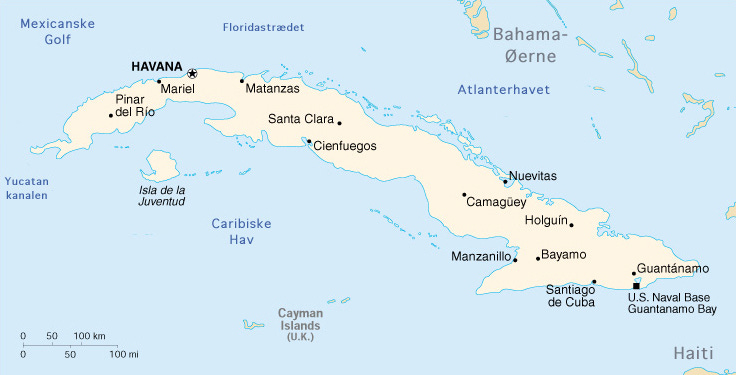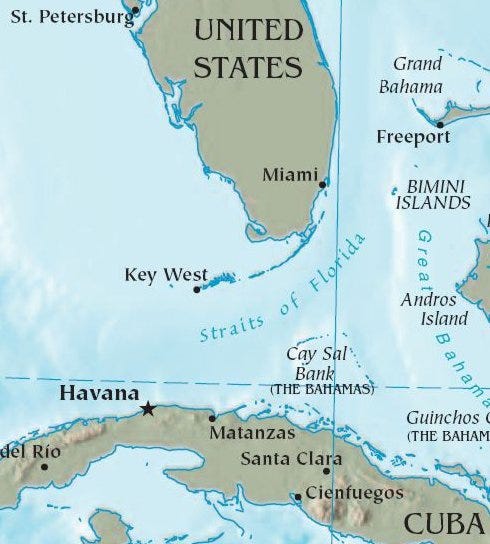Health officials in Cuba report the epidemiological landscape of the country remains complex with the co-circulation of Dengue and Oropouche viruses.
The tropical conditions of heat and intense rains complicate the current epidemiological scenario in Cuba, explained this Wednesday, Dr. Francisco Durán García, national director of Hygiene and Epidemiology of the Ministry of Public Health.
In his weekly talk with the press, he said that dengue is present in thirteen provinces, 45 municipalities and 50 health areas.
In the case of the Oropouche, detected for the first time in Cuba, transmission persists in 15 provinces and the special municipality of Isla de la Juventud.
He confirmed its presence in 106 municipalities and 193 health areas.
In Cuba, the presence of the Oropouche virus was officially reported on May 27 in the provinces of Santiago de Cuba and Cienfuegos. As of September 2024, the Government has reported to PAHO a total of 506 confirmed cases with records in 15 provinces, 99 municipalities and 174 health areas of the country. However, several irregularities have marked the handling of the epidemic and state reports.
According to a CubaNet report, on September 24, the official press reported for the first time about suspected cases of the disease, which, according to Dr. Ileana Morales Suárez, director of Science and Technological Innovation at MINSAP, amounted to 12,000 since the first report of contagion on the island last May. In addition, Morales stated that neurological and other complications are occurring in Cuba that are being studied, in addition to clinical manifestations not described in the literature.
Health authorities in Florida confirmed that the total number of Oropouche fever cases had risen to 70 in 2024, all linked to recent travel to Cuba.
Cuban officials say Oropouche, caused by the bite of the mosquito med Culex and the Jején Culicoide (midge), have specific characteristics that differentiate it from Dengue, such as the appearance of gastrointestinal symptoms earlier; relapses when the symptomatology of the disease appear from two to three times in a 30-day period, there is a concomitancy of the two arbovirosis (one person can have both viruses), and the co-morbidities present in patients contribute to the development of a more acute clinical framework, experts explained.
Also specialists from the Pedro Kourí Institute of Tropical Medicine conduct entomological investigations of the vectors to look for evidence whether or not the Culicoid Jején is present in the country, because the other vector of the genus Culex has a high existence in the country, raised in stagnant waters, added officials.
They call on state and citizen responsibility to exercise the management of the environment, environmental sanitation, eliminating mosquito nests at homes, labor and educational centers, cleaning of courtyards and areas close to the home, covering the water tanks, brushing of the trays air conditioning, in order to prevent and control these infectious diseases.






